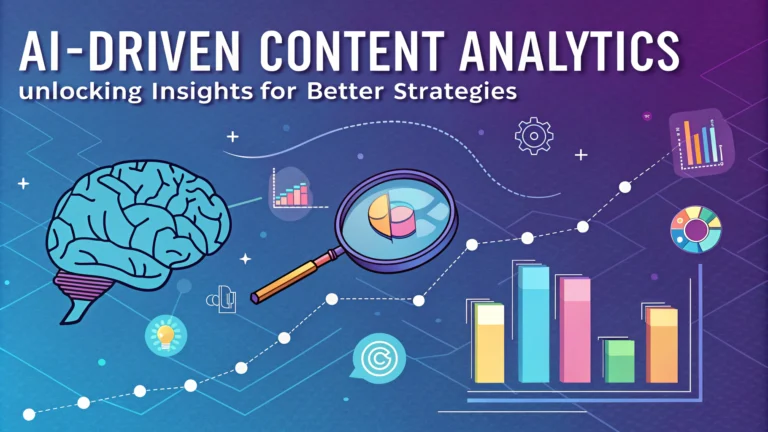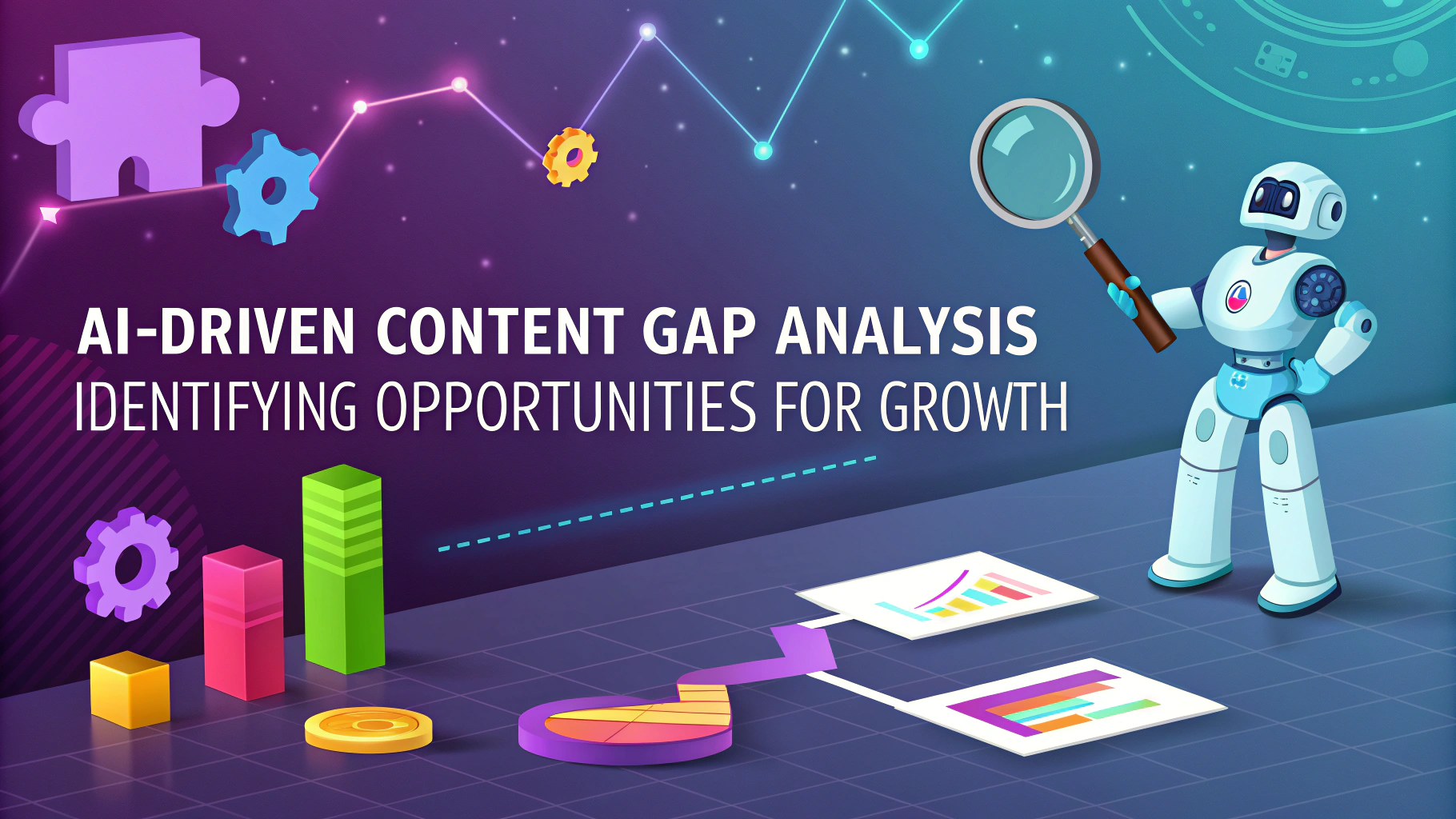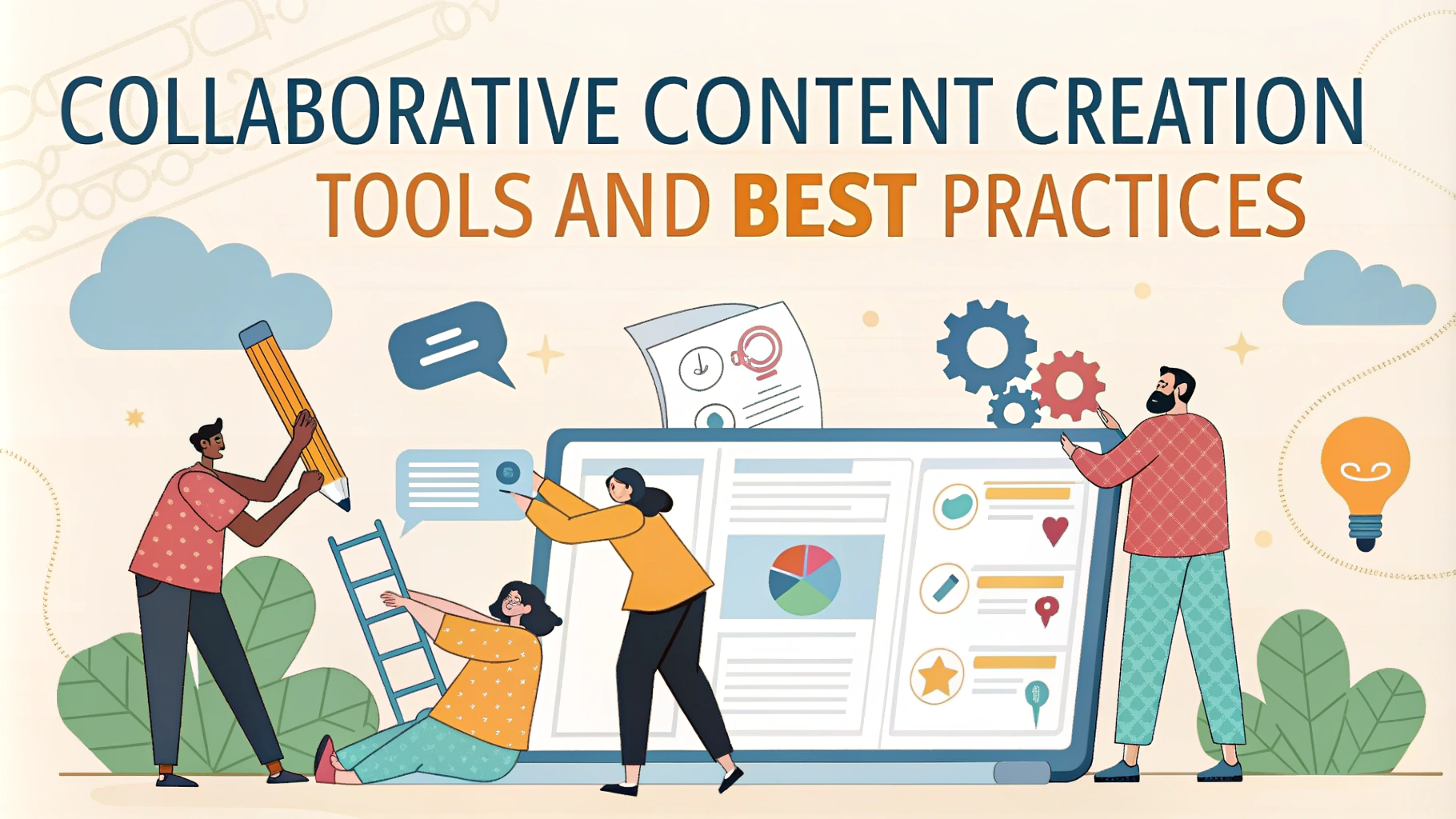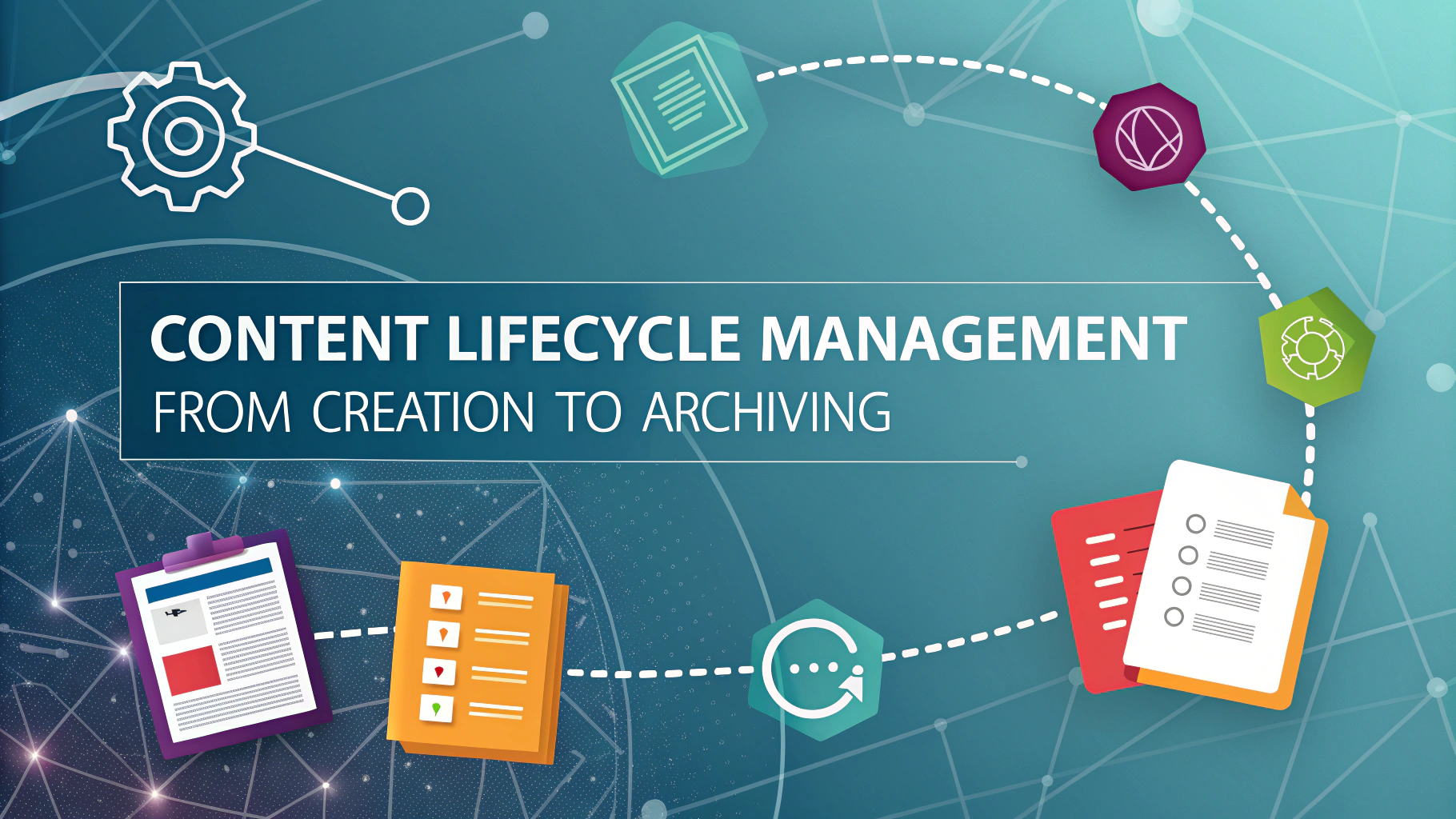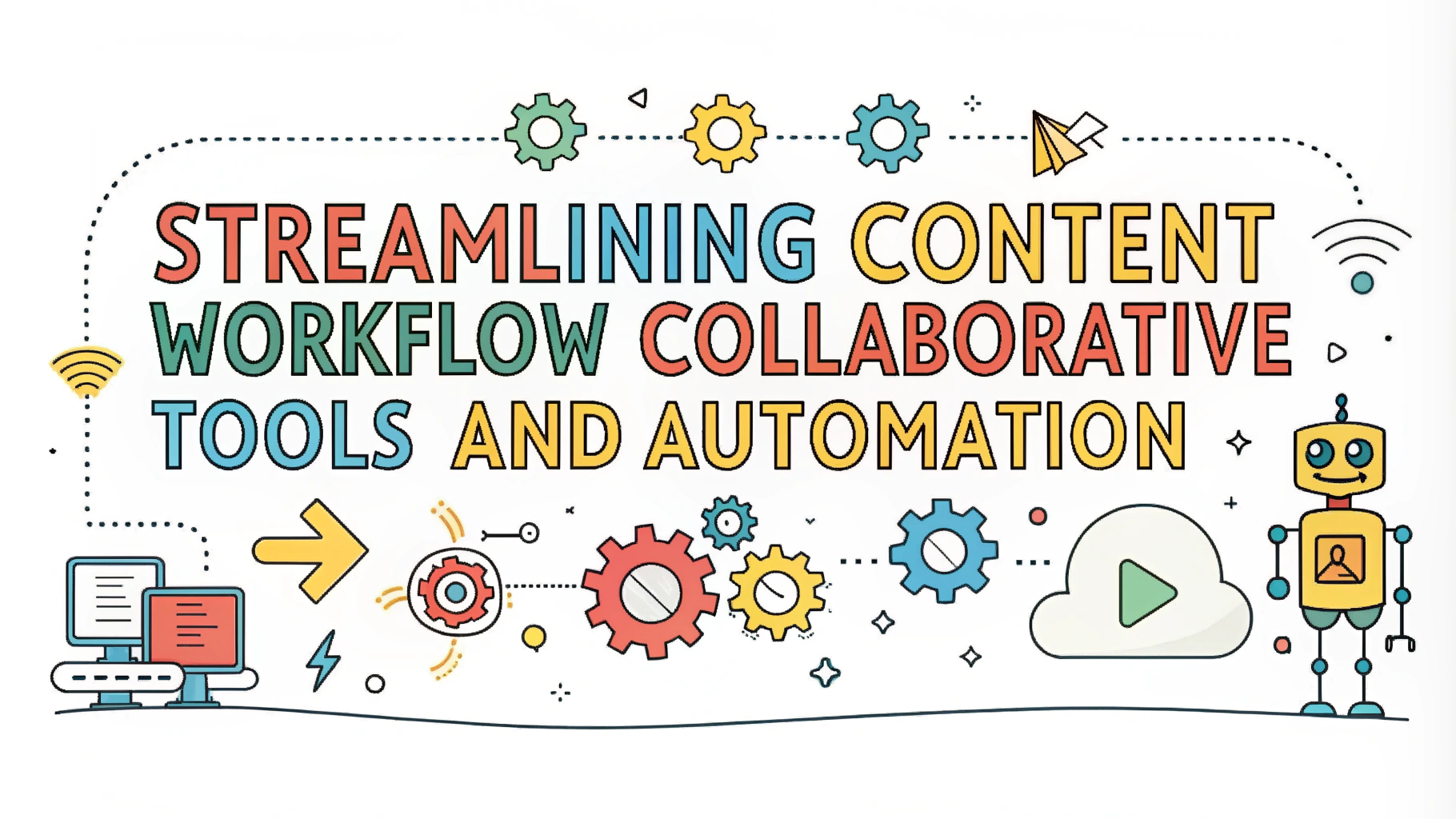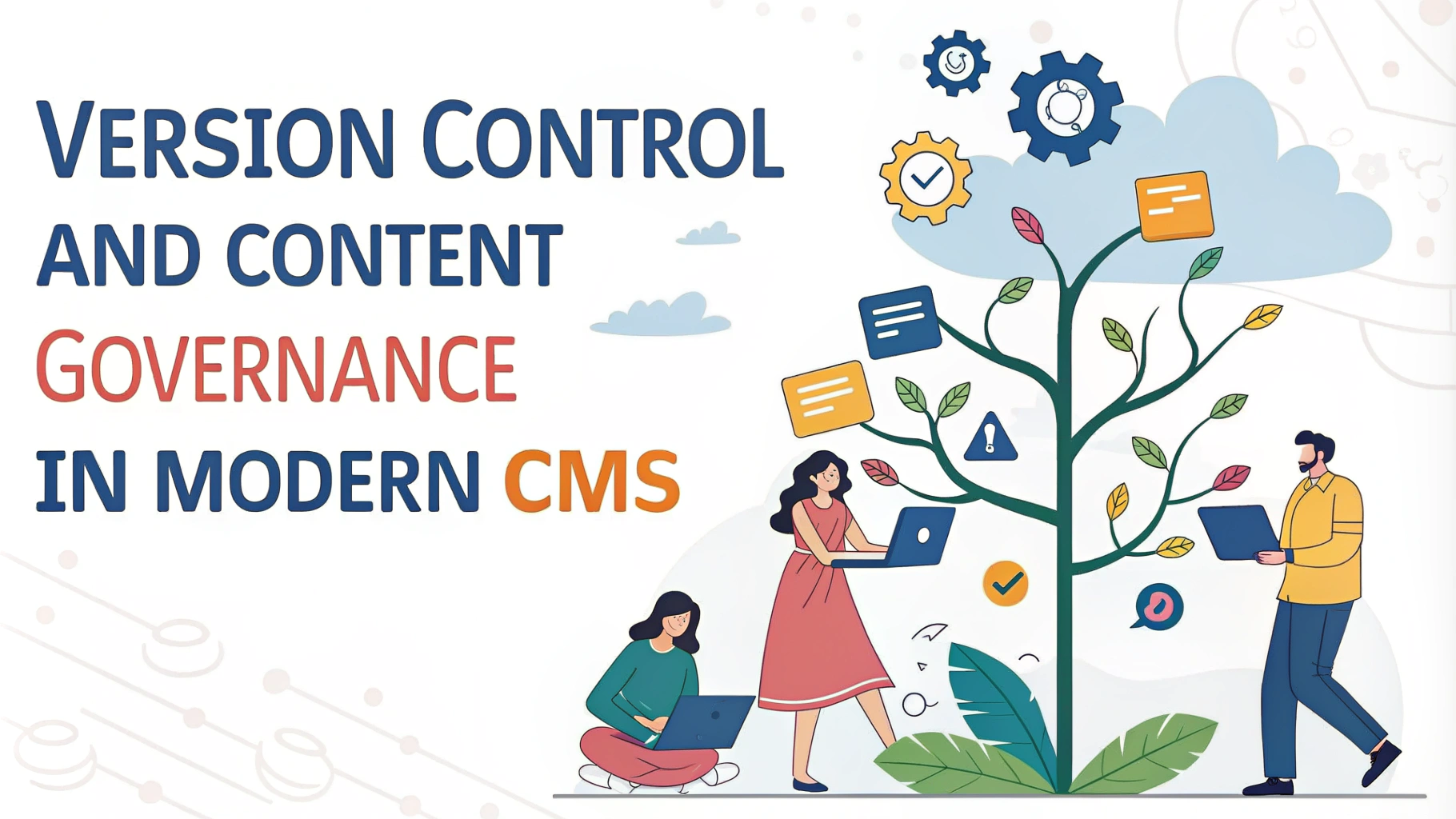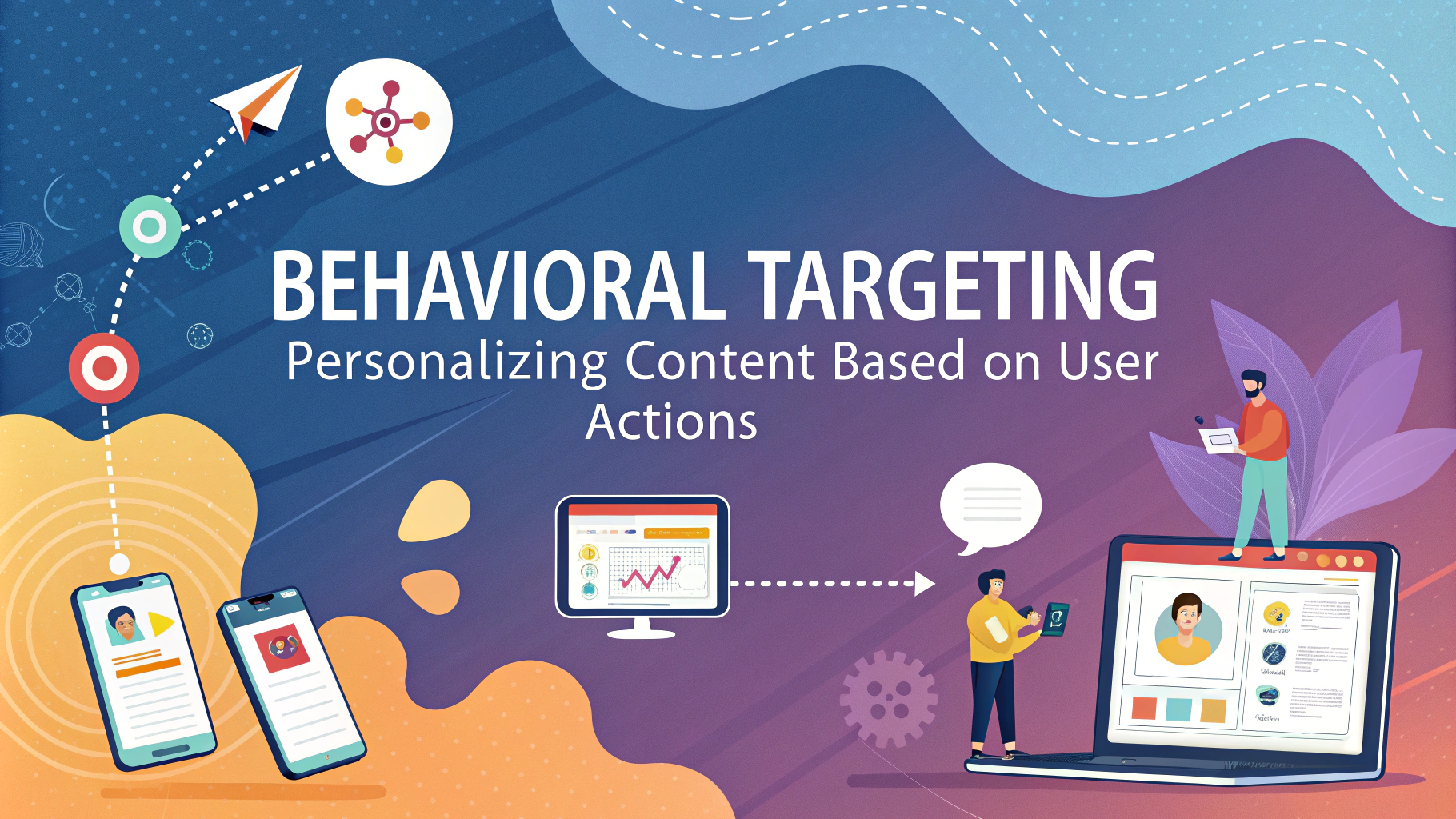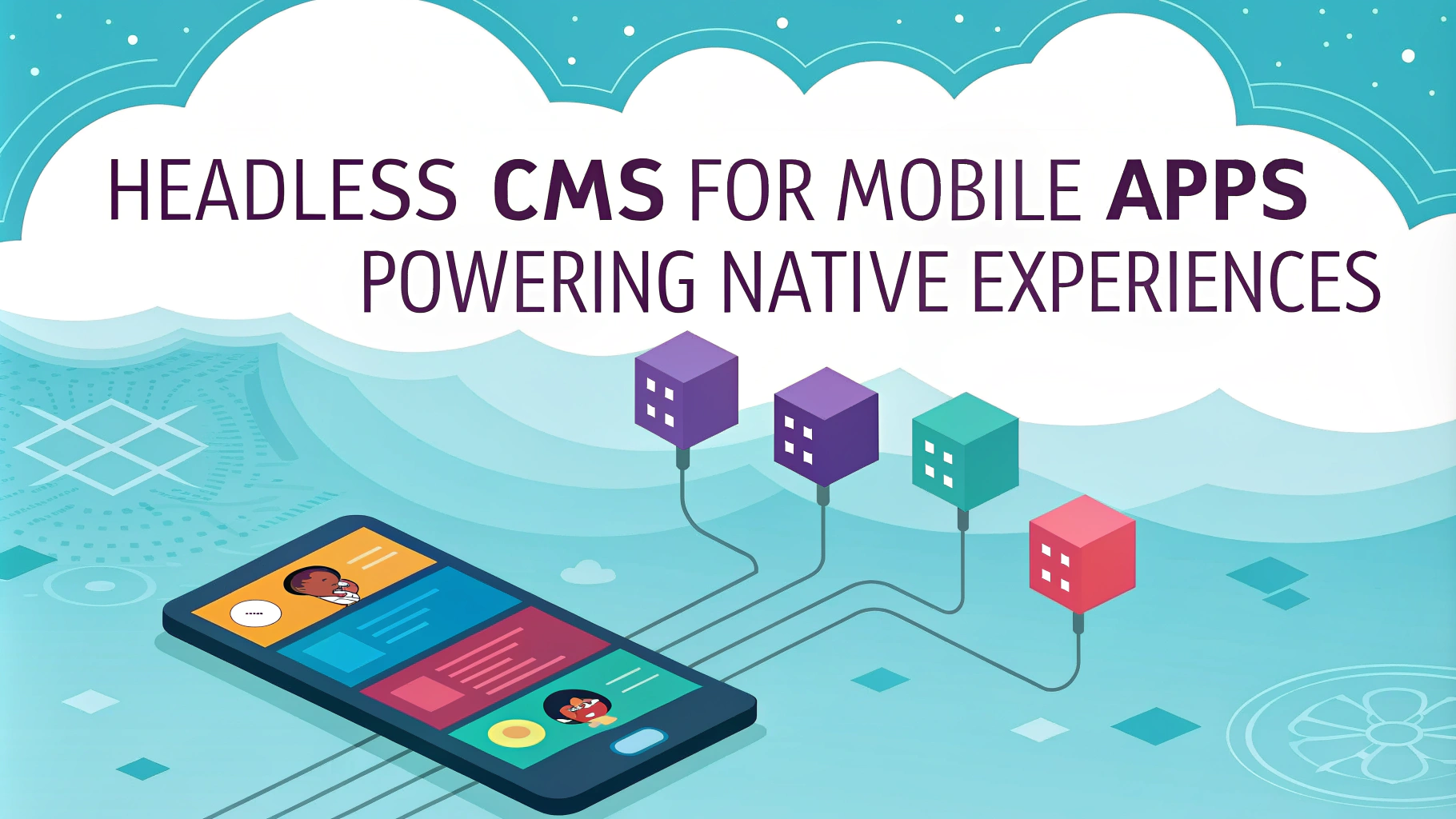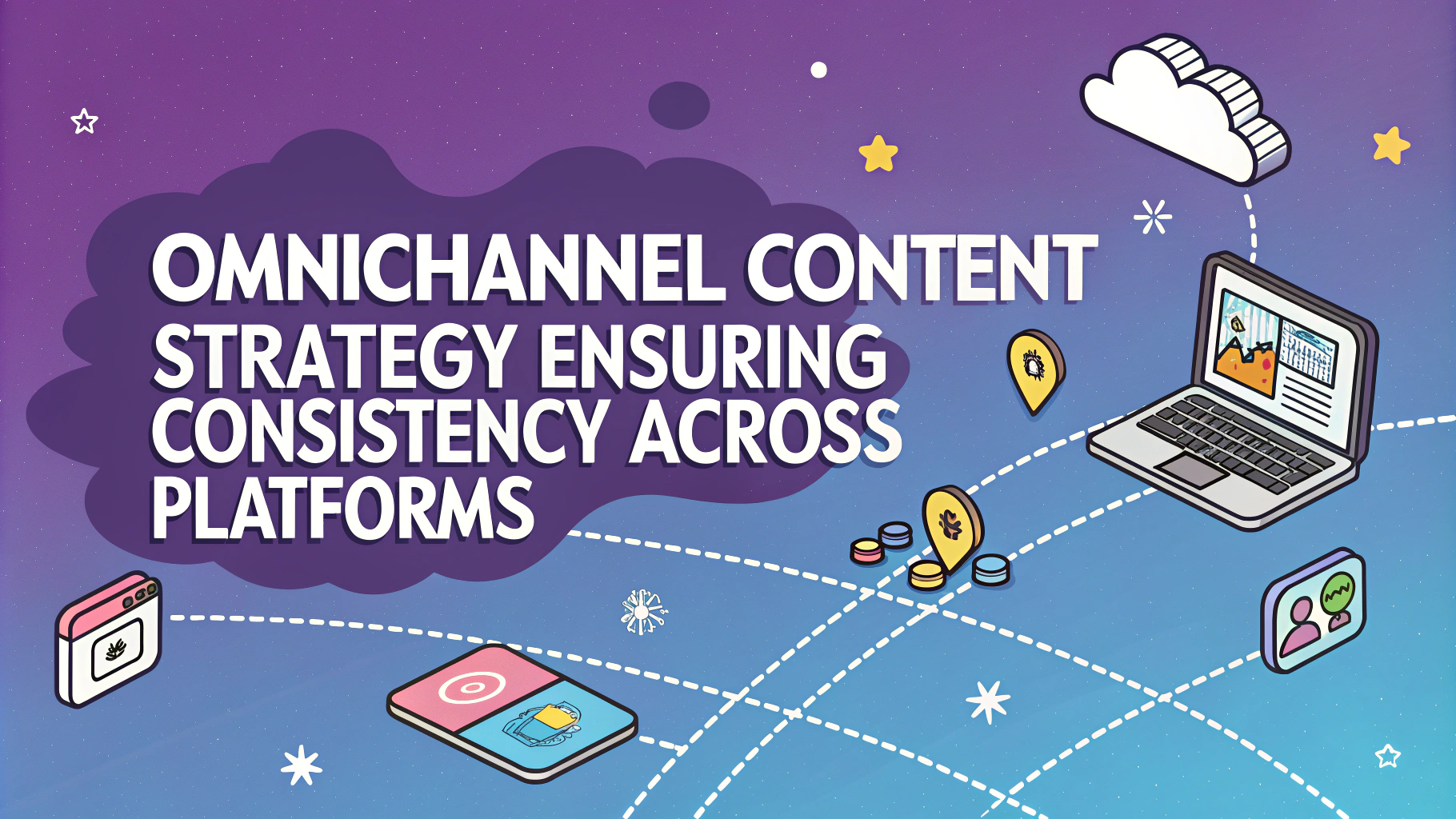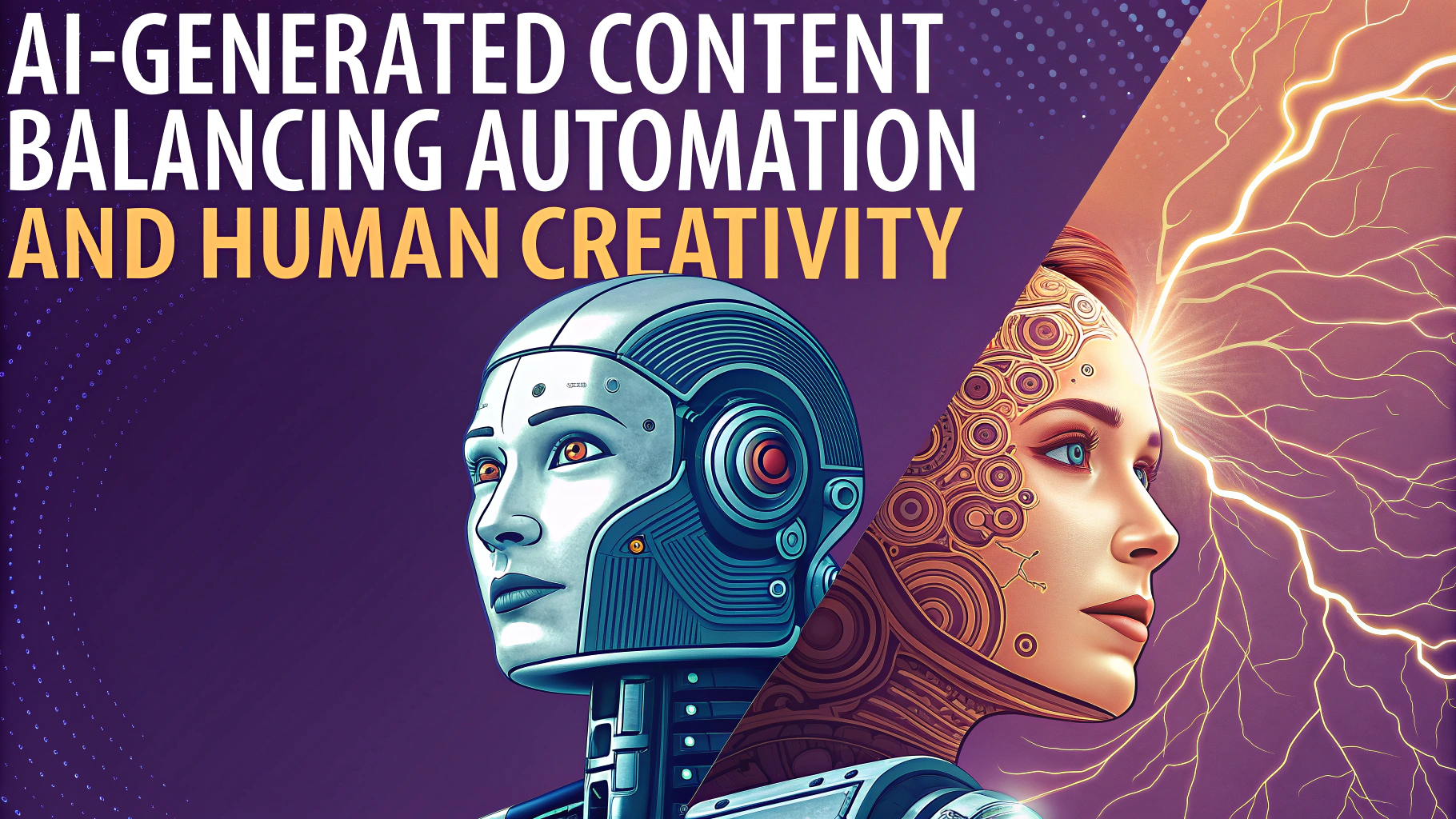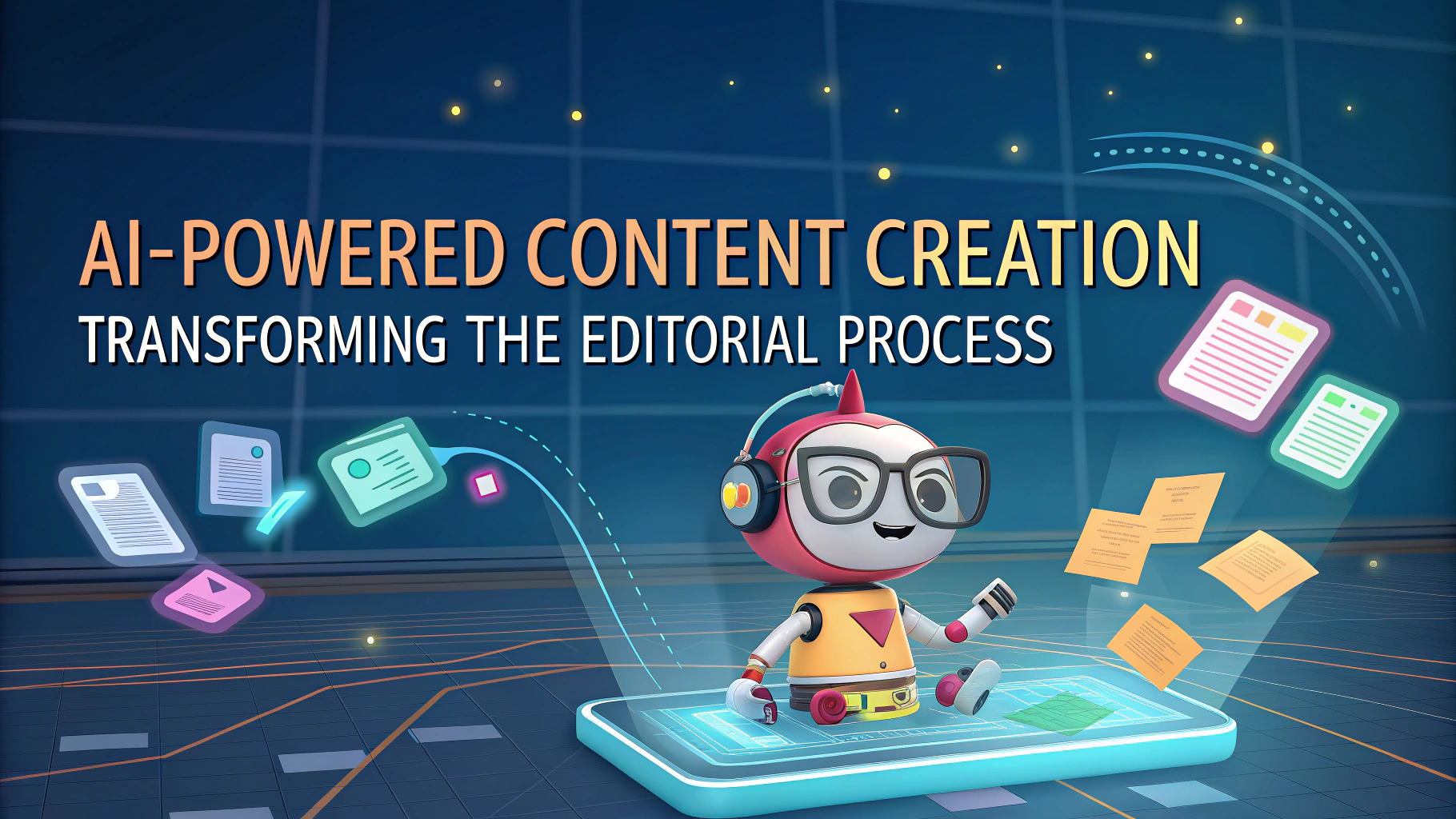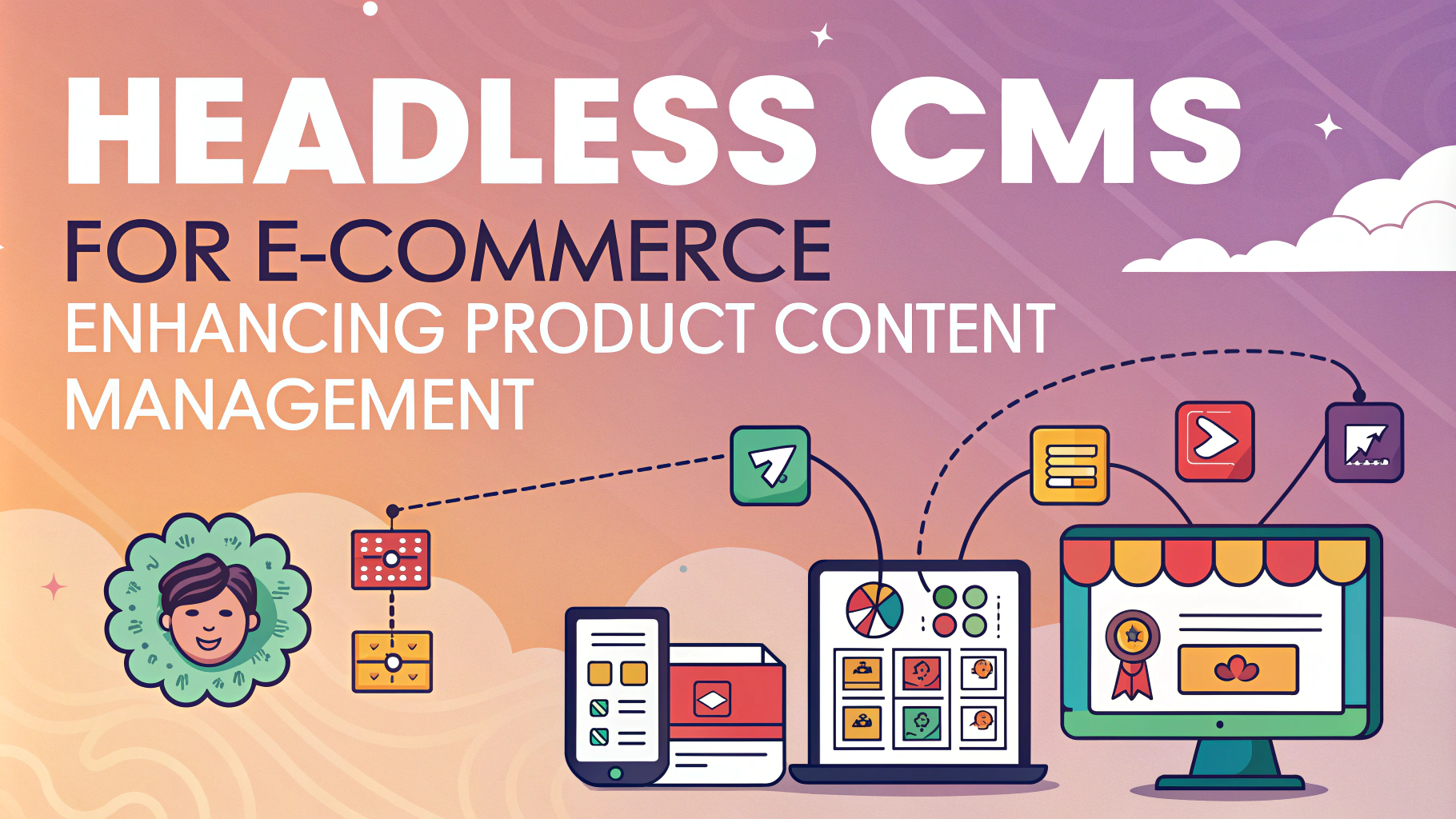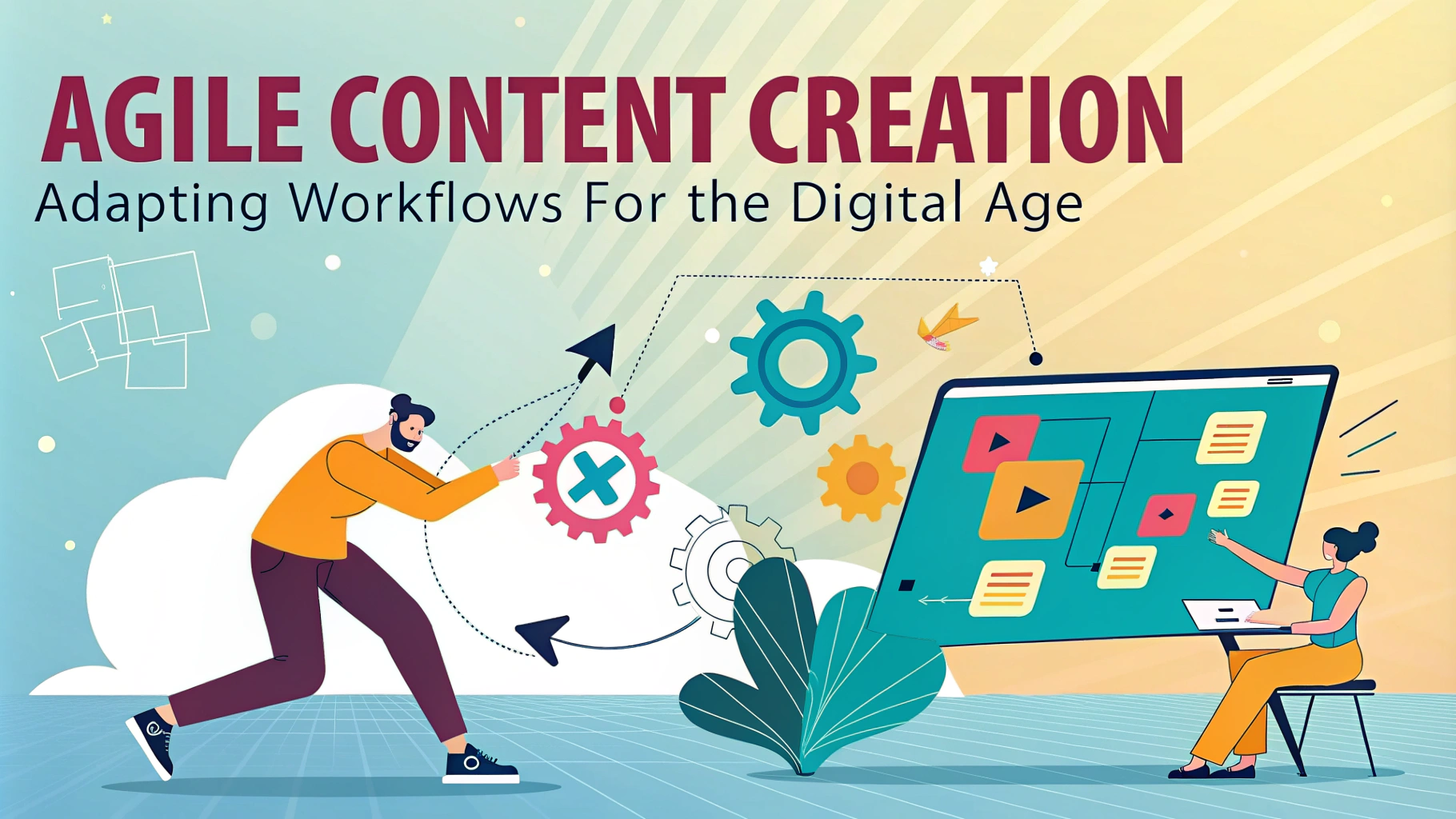AI-driven content analytics revolutionizes how businesses understand and optimize their content strategies. This article explores key aspects of AI in content analysis, offering practical tips for leveraging machine learning to enhance your content workflows and drive better results.
Understanding AI-Driven Content Analytics
AI-driven content analytics uses machine learning algorithms to analyze large volumes of content data. It provides insights into content performance, audience engagement, and optimization opportunities.
Key benefits of AI-driven content analytics:
- Faster data processing and analysis
- More accurate content performance predictions
- Automated content tagging and categorization
- Personalized content recommendations
Implementing Machine Learning in Content Workflows
Integrating machine learning into content workflows can streamline processes and improve efficiency. Here are some practical ways to implement AI in your content strategy:
- Content ideation: Use AI tools to analyze trending topics and generate content ideas
- SEO optimization: Leverage machine learning algorithms for keyword research and content optimization
- Content scheduling: Implement AI-powered tools to determine optimal publishing times
- Performance tracking: Utilize AI analytics to monitor content performance in real-time
Optimizing Content with AI-Powered Insights
AI-driven analytics can help you optimize your content for better engagement and conversions. Consider these strategies:
- Audience segmentation: Use AI to group your audience based on behavior and preferences
- Content personalization: Tailor content to specific audience segments using AI-generated insights
- A/B testing: Implement AI-powered A/B testing to optimize headlines, images, and CTAs
- Content gap analysis: Identify content opportunities using AI-driven competitor analysis
Measuring Content Performance with AI Analytics
AI analytics tools offer advanced metrics for measuring content performance. Focus on these key performance indicators:
| Metric | Description |
|---|---|
| Engagement rate | Measures how users interact with your content |
| Conversion rate | Tracks the percentage of users who take desired actions |
| Content relevance score | Assesses how well your content matches user intent |
| Audience retention | Measures how long users engage with your content |
By focusing on these metrics, you can gain a deeper understanding of your content’s impact and make data-driven decisions for improvement.
Automated Content Generation and Curation
AI-powered tools can streamline content creation and curation processes. These solutions help marketers produce high-quality content at scale while saving time and resources.
Benefits of AI-generated content:
- Efficiency: Produce more content in less time
- Consistency: Maintain a uniform brand voice across all content
- Scalability: Easily create content for multiple platforms and audiences
- Data-driven: Generate content based on real-time trends and user preferences
Implement AI-powered content generation tools to create first drafts, product descriptions, or social media posts. Use these drafts as a starting point, then refine and personalize the content to match your brand voice and audience needs.
Enhancing User Experience with AI-Powered Personalization
AI algorithms can analyze user behavior and preferences to deliver personalized content experiences. This approach improves engagement, retention, and conversion rates.
Strategies for AI-driven personalization:
- Dynamic content: Adjust website content based on user behavior and preferences
- Personalized recommendations: Suggest relevant articles, products, or services to each user
- Adaptive email campaigns: Tailor email content and send times to individual subscribers
- Chatbots and virtual assistants: Provide personalized support and content recommendations
Implement these personalization strategies gradually, starting with one or two key areas of your content strategy. Monitor results and refine your approach based on user feedback and performance data.
Leveraging AI for Multilingual Content Strategies
AI-powered translation and localization tools can help businesses expand their reach to global audiences. These solutions enable efficient creation and management of multilingual content.
Key considerations for AI-driven multilingual content:
- Machine translation: Use AI-powered translation tools for initial drafts
- Human review: Incorporate native speakers to refine and localize content
- Cultural adaptation: Adjust content to fit local customs and preferences
- SEO optimization: Optimize translated content for local search engines
Start by identifying your target markets and prioritizing languages based on potential ROI. Gradually expand your multilingual content strategy, focusing on quality and cultural relevance.
Future Trends in AI-Driven Content Analytics
The field of AI-driven content analytics continues to evolve rapidly. Stay informed about emerging trends to maintain a competitive edge in your content strategy.
Upcoming developments in AI content analytics:
| Trend | Potential Impact |
|---|---|
| Natural Language Processing (NLP) advancements | Improved content creation and analysis capabilities |
| Predictive analytics | More accurate forecasting of content performance |
| Voice and visual content analysis | Enhanced insights for multimedia content strategies |
| Blockchain integration | Improved content authentication and tracking |
Stay updated on these trends by following industry publications, attending conferences, and participating in professional networks focused on AI and content marketing.
Conclusion
AI-driven content analytics offers powerful tools for optimizing content strategies and improving user experiences. By implementing machine learning in content workflows, personalizing user experiences, and leveraging AI for multilingual content, businesses can stay ahead in the competitive digital landscape.
Remember to balance AI-powered insights with human creativity and expertise. Continuously test and refine your AI-driven content strategies to achieve the best results for your audience and business goals.

